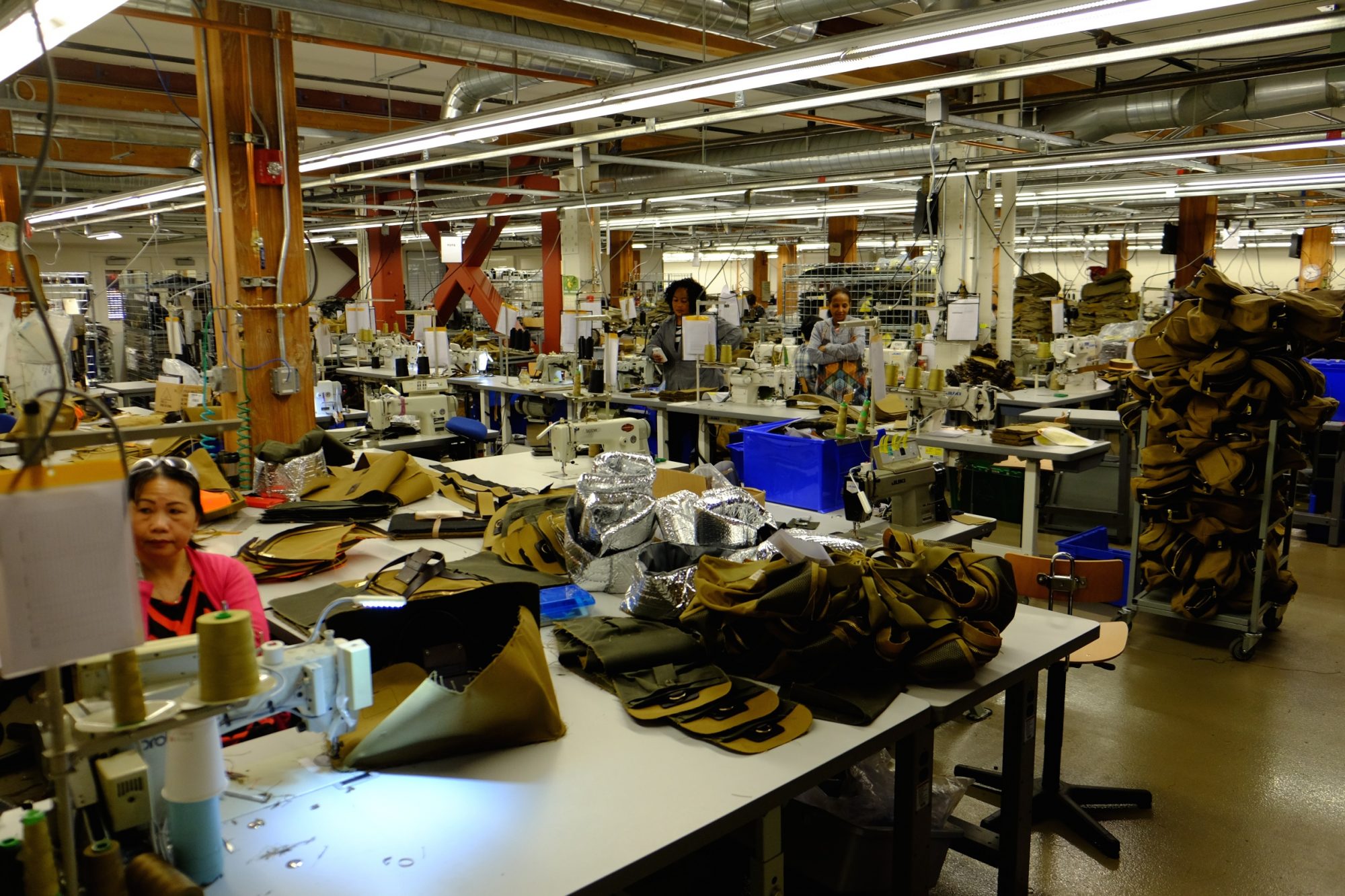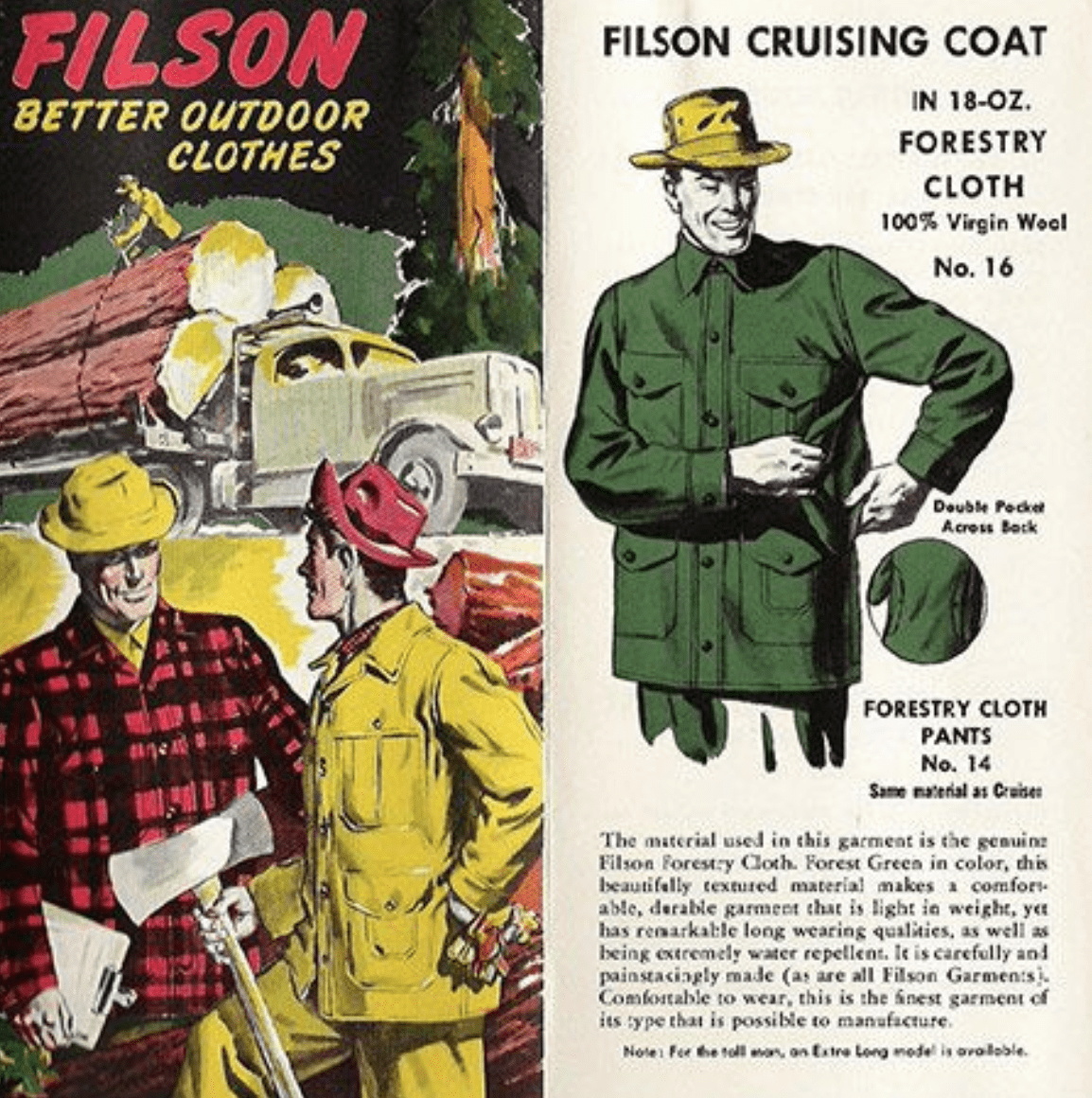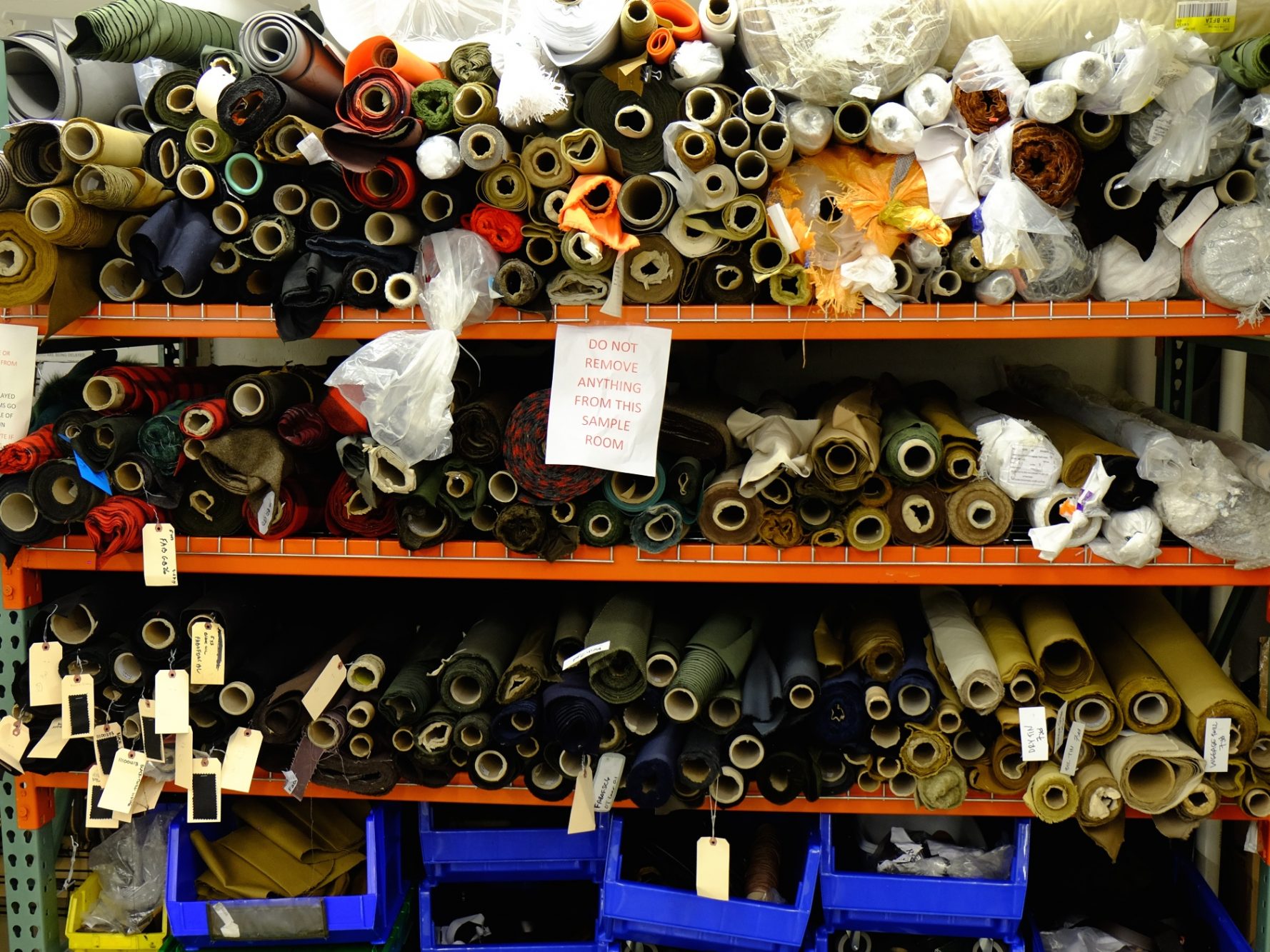It is one of the most influential dates in modern history, but one easily forgotten. The day was August 16, 1896 when in the far flung wilds of the Canadian Yukon George Carmack, his wife Kate, and her brother Skookum Jim found massive gold nuggets along the banks of Rabbit Creek. It was a discovery that couldn’t be kept secret and subsequently ushered in one of the last great adventures of our modern era––the Klondike Gold Rush.
Within weeks of the Rabbit Creek discovery word had reached as far as New York City and every thrill seeker looking for riches, or just a good story to tell, was on their way north. The bottleneck for those people, all 100,000 of them, was Seattle. It was there where an entrepreneurial former Nebraskan saw his own fortune in the Klondike. Not in the nuggets hiding in wait in Rabbit Creek, but in the pockets of the Stampeders headed there.

Seattle served as the point of departure as Stampeders made their way to Skagway, Alaska and then made the trek on foot and by boat to the Klondike gold fields.
For every person headed to the goldfields C.C. Filson saw opportunity, and as quickly as he could he hung up a shingle announcing his new enterprise, C.C. Filson’s Pioneer Alaska Clothing and Blanket Manufacturers. That was 1897 and the Filson brand continues to outfit adventurers and outdoor enthusiast today, some 120 years later.
Although the Filson brand has endured a number of evolutions, relocations along the waterfront in Seattle, and changes in ownership, the company mission has remained the same. When C.C. Filson sold his first products, his goal was to sell nothing but the best. If he was going to outfit intrepid gold-getters for the harsh environs of the Yukon, he was going to do it properly with nothing but the finest materials, designs, and construction methods. If you take a stroll through the company’s factories today, you can see that ethos channeled through every shirt, bag, seam––and stitch.

In just the last year, the focus on American-made products has been renewed, albeit more often than not in the name of political talking points. While many consumers lament the loss of homegrown manufacturing, I opine the loss of perceived value. We do make amazing products in America, and they are worth having if you dare to walk past the discount outlets where cheap consumables are sold. Those are the products destined for an ignominious burial in a dumpster.
It was just a few months ago when I took delivery of my lasted addition to a growing personal Filson collection, a beautiful canvas and leather bag dubbed the Pullman. Named for its original purpose, a travel bag perfectly sized to fit beneath the seat of a Pullman railroad car, it suited my travel needs perfectly. Elegantly simple and crafted to perfection, I had to see where it was made. So, like the Stampeders before me, I made the pilgrimage to C.C. Filson’s flagship store and factory in downtown Seattle.

The multi-floored complex which serves as FIlson’s latest headquarters is situated a stone’s throw from the company’s location and not far from where the steamers departed the docks bound for Skagway, Alaska and the Yukon. As a former resident of Skagway it was exciting to connect the other end of the Klondike journey to see where so many Stampeders geared up for their big adventure.

On the first floor of the new Filson building sits a sprawling manufacturing complex, filled with thumping sewing machines and dozens of skilled sewers swiftly but carefully joining stiff canvas to richly tanned leathers. At the back of the room designers tugged and pulled at samples and plotted out the creations for the coming season. The entire facility is abuzz with activity proving the Filson brand still does a brisk business.

Time passes slowly in the Filson organization. Even some of the machines still in use are pushing five decades and showing no signs of slowing.
In the years since Filson first outfitted Stampeders, many different customer groups have come and gone. Filson goods may appear to be the prized acquisitions of only for the well-heeled, even those bordering on hipster, but it has always been the working man, sportsman, and outdoor enthusiast who have sought the timeless utility and stylish brawn of Filson apparel and bags. In the 1940s and 50s during the height of the Pacific Northwest’s forestry boom, the loggers and timber men of the area made famous a number of Filson products like the heavy wool Cruiser Jacket and Tin Cloth pants. Still in production today, they prove good designs and attention to quality are never out of style.

There are not many companies in the United States with such storied roots and a more dedicated approach to preserving them. It’s amazing to think it may not have ever come to fruition had two men named George and Skookum Jim never found their own fortunes in the waters of Rabbit Creek. – CN

To ensure maximum attention to quality and detail, YKK helped Filson establish their own means of creating their own zipper components. Not detail is too small.







